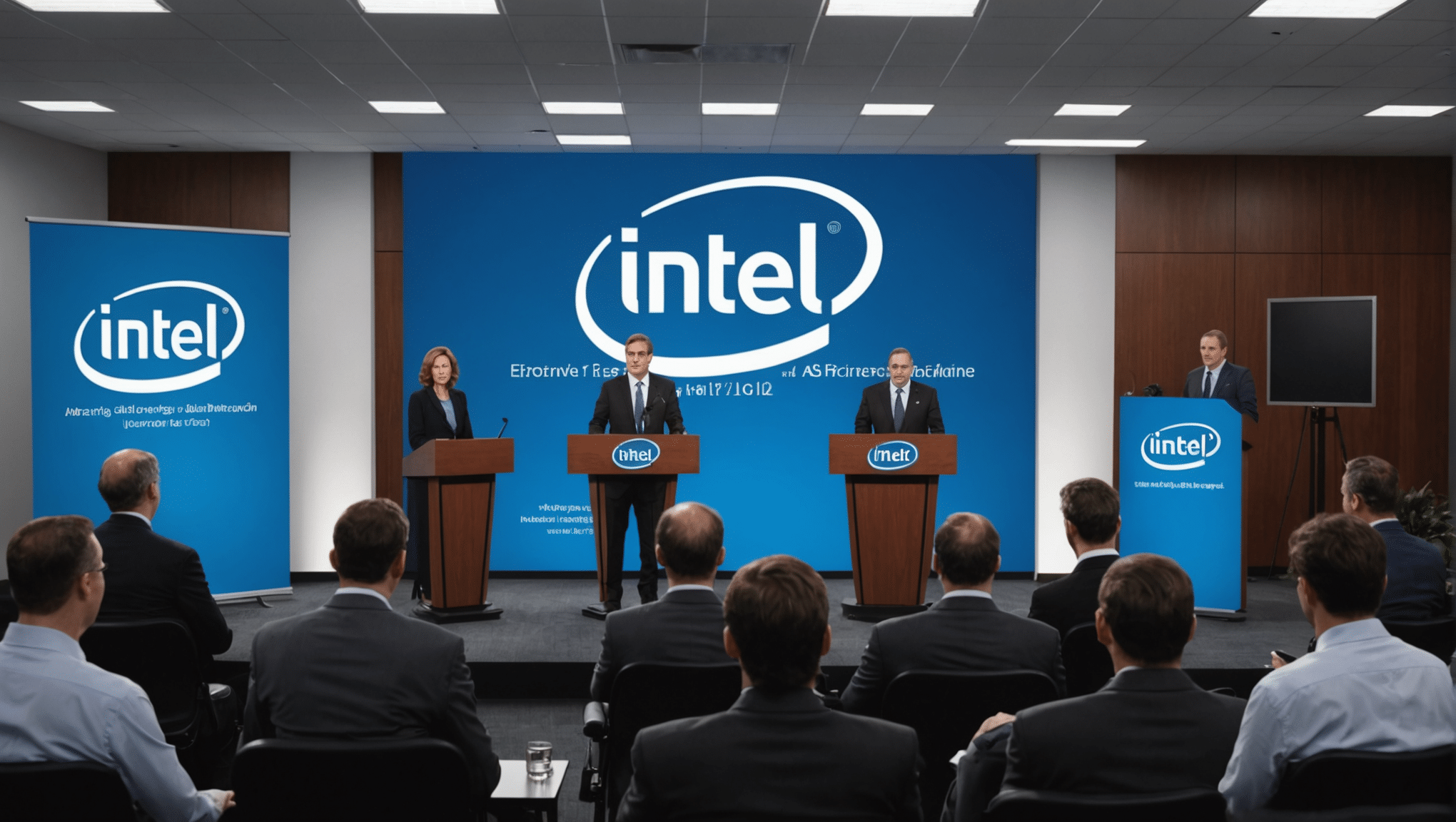In the whirlwind world of technology, where silicon and suspicion often collide, Intel finds itself in the eye of a digital storm. Accusations from China claim the presence of sneaky NSA backdoors nestled within Intel’s products, sparking a transcontinental tussle in the realm of cybersecurity. Meanwhile, Intel stands as stoic as a poker-faced poker player, flatly denying these assertions and nurturing an air of mystery around its embattled Management Engine. With dragons and eagles clashing over cyberspace, the plot thickens, leaving tech enthusiasts munching popcorn as they await the next twist in this high-stakes thriller.
In a whirlwind of accusations that resemble a tech-world thriller, China has boldly claimed that Intel inserted backdoors in its products, allegedly collaborating with the NSA. The focus is on Intel’s Management Engine, suspected as a potential gateway for sneaky backdoors. Intel has vehemently denied these accusations, stating that no substantiated proof has been provided. This digital drama underscores the critical need for transparency and international cooperation, as trust between tech giants remains fragile in the realm of cybersecurity.

Table of contents
Toggleintel’s firm stance against allegations
In a twist that could rival any thriller novel, Intel finds itself in the eye of the storm as the Chinese cybersecurity authorities have dropped a bombshell. Accusations have surfaced pointing to Intel potentially having embedded NSA backdoors into its products, a claim more explosive than the average spy movie plot. The focus of this heated dispute is the Management Engine of Intel, which some experts consider a potential hidden gateway for unauthorized access. Though specifics remain under wraps, these allegations have not just opened Pandora’s box but practically flung it off a cliff. The repercussions of such a claim could leave an indelible impact on Intel’s global reputation. Of course, in true spy fashion, Intel is vehemently waving its denial flag, claiming no relation whatsoever to the alleged espionage activities.
tension between technological giants
Oh, what a tangled web the global tech landscape weaves, and it’s currently starring our usual suspects: the United States and China. This cybersecurity saga might just be the season finale nobody expected. With the suspicion of backdoors potentially compromising digital borders, the stakes are skyscraper-high. Both sides are hurling accusations, alleging that the other is using crafty tactics to corner the digital monopoly market. Each « Halt! Who goes there? » adds another layer to this battleground of microchips and malware. Tension is not just simmering but has reached pressure cooker levels, each nation eyeing the other with a hawk-eyed gaze sharper than a tactical drone.
global implications of cybersecurity issues
The ongoing cyber drama doesn’t just have the techies in a tizzy but also sends a ripple effect across the global security scene. The concern is spreading faster than a cat meme on social media, emphasizing the pressing need for robust cybersecurity measures. In a world where even your toaster wants an internet connection, ensuring security is paramount. The murky waters of suspicion surrounding Intel underscore the urgent requirement for a transparent dialogue between nations. With technology knitting the globe into a tighter-than-a-knit-sweater community, any whiff of backdoor antics challenges the very soul of digital trust. This situation is a stark reminder of the balance needed between innovation and vigilance.
🧰 Built-in AI tools make more things possible. The Intel-powered AI PC gives you more productivity, immersive graphics, and longer battery life.
— Intel (@intel) September 26, 2024
Learn more here: https://t.co/1NibtpSxS5#IntelCoreUltra #AI #Intel pic.twitter.com/WThwlGBje5














